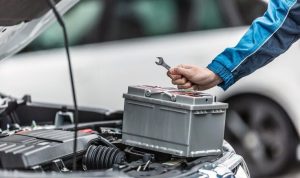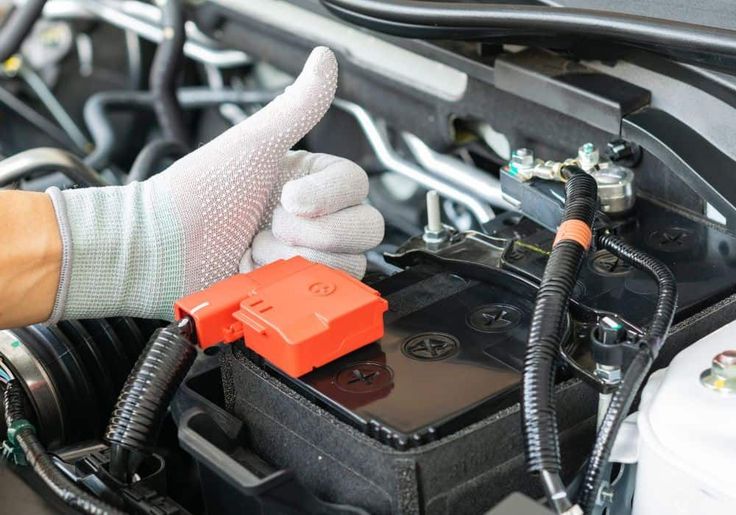You know that feeling when your phone’s at 1% and you’re scrambling for a charger? That’s your car every time you ignore its need for a car battery replacement. In automotive terms, the battery is king. It holds the keys to starting, running, and maintaining your vehicle’s spirit. People often forget that a battery doesn’t merely embody your car’s ability to fire up with a roar—it powers everything from keeping your lights bright to ensuring your favorite songs blast through the speakers.

Imagine this: It’s freezing outside, and your car coughs instead of purring to life. The culprit? An old, tired battery. It’s the same thing that happened to my friend Dave last winter.
As he turned the ignition, his car answered with a sluggish groan. It didn’t take Sherlock Holmes to figure out his battery had thrown in the towel. Since then, he’s become the Edison of his group of friends, advocating for timely battery swaps.
Let’s dish out some knowledge. Car batteries don’t age like fine wine. They start wearing down the moment you install them.
But, don’t just bank on the calendar. If your headlights dim unexpectedly or your car seems unusually moody, it might be nudging you about its frail battery.
Now, you might think, “Why the fuss over battery swaps? Isn’t it cut-and-dry?” Sure, replacing a dead battery seems trivial.
Picture this: you’re cranking the engine and nothing but a resigned click echoes. Keeping your battery fresh as a daisy keeps these nightmares at bay. It’s about peace of mind—not having to deal with exasperating hiccups in the dead of night or in the boondocks.
Also, consider the fact that today’s cars aren’t just clunky hunks of metal; they’re digital monarchs. They’ve got sensitive electronics, sensors up the wazoo, and a thirst for consistent power. Tossing an old battery in the mix is like wearing worn-out shoes to a marathon.

